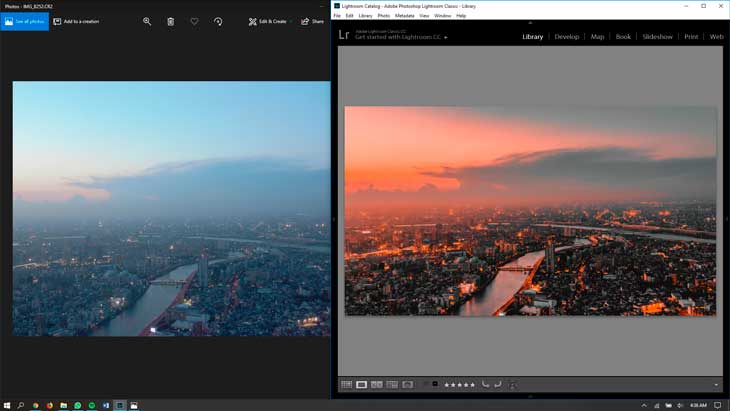An intriguing area of photography that enables you to capture a fleeting glimpse of the beauty of nature is water drop photography.
These small spheres of liquid, whether they be dew-drenched flower petals or raindrops, contain an entire world of beauty.
We'll explore the art of photographing water drops in this book, covering everything from the tools you'll need to the methods that will enable you to record these wonderful moments.
Essential Tools
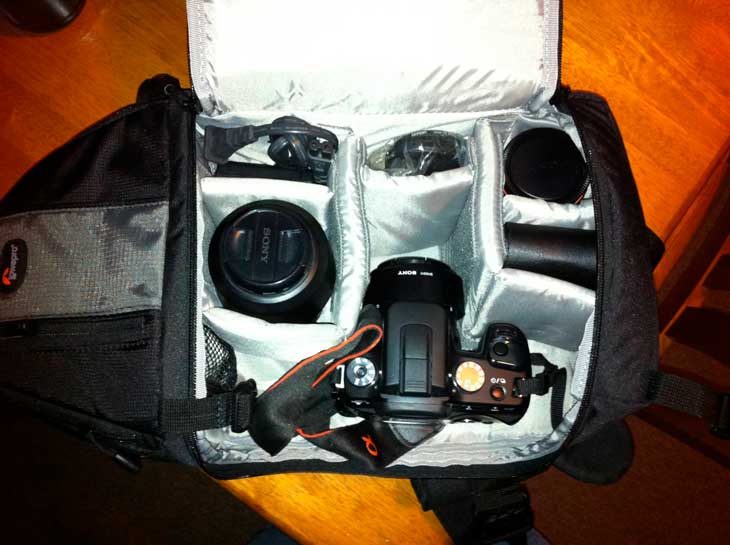
The proper gear is essential before you set out on your adventure to capture water droplets:
- Camera with Macro Photography Skills:
With a camera possessing macro photography skills, you may get up close and snap the minute details of water drops. - A macro lens is perfect for capturing water drops in all their beauty because it is made exclusively for close-up photography.
- To keep your camera steady when working with lower shutter speeds for macro photography, a sturdy tripod is a must.
- Remote Shutter Release:
Use the camera's self-timer or a remote shutter release to take the picture without any camera shake. - Lighting:
For macro photography, proper lighting is essential. To successfully illuminate your subject, you can utilize either natural or artificial light sources or a combination of the two.
Getting Things Started
It takes some planning to prepare the ideal setting for photographing water drops:
Background
Pick a simple, unobtrusive background that complements the colors and emotions you wish to express in your photos.
You'll need to find a means to create the water droplets. Depending on the amount and frequency of the drops you want, this may be a dripping tap, a pipette, or even a syringe.
Container
To capture the dripping drops, use a shallow container. Having a container filled with colored liquid to reflect onto the water drops can frequently offer more visual interest.
Focus
In macro photography, achieving fine focus is essential. To get clear, detailed images of the water drops, use manual focus and magnification tools.
Strategies for Capturing Water Drops
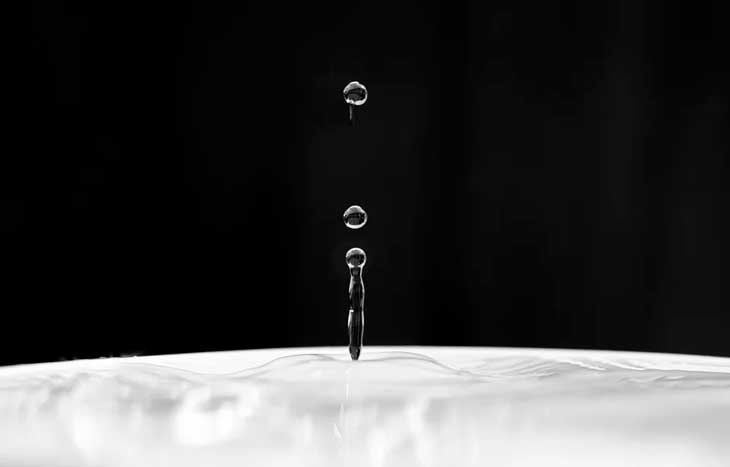
Now that you're ready, let's look at several strategies for capturing beautiful pictures of water drops:
- The art of capturing the ideal water drop moment revolves around timing. Either utilize a remote trigger to precisely time the moment of release or try your luck at catching the drop as it falls.
- In macro photography, the depth of field is limited, so pay attention to your aperture settings. Greater portions of the water drop will be in focus when the aperture is smaller (higher f-number).
- Shutter Speed:
Adjust your shutter speed to freeze the water drop's motion. The descent in midair can be captured in exquisite detail with a faster shutter speed, such as 1/200 or 1/400 of a second. - Composition:
Experiment with various compositions. If you want to produce a dynamic and eye-catching shot, consider positioning the water drop off-center or capturing multiple drips in one frame. - Lighting:
Pay close attention to the type and direction of the light. While backlighting can produce a lovely halo effect, side lighting can highlight the textures and features of the water drop.
Innovative Techniques
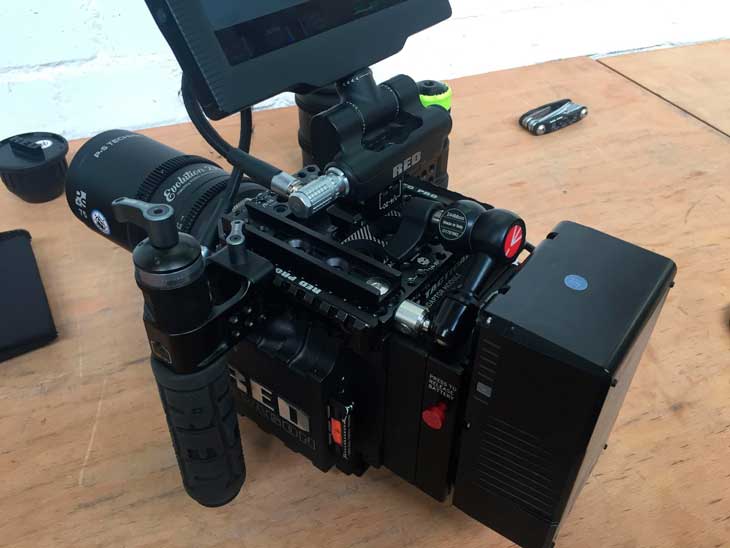
Water drop photography offers countless artistic opportunities:
Play with color to create a rainbow of hues on the water drops by experimenting with colored gels or filters on your lights.
Refractions
To create beautiful refraction patterns inside the water drop, place a transparent object or image behind the drop. Try capturing a series of water drops in a single shot to illustrate their exquisite dance as they descend.
Frozen Motion
Capture the distinct forms and splashes that are produced when a water drop collides with a liquid surface.
Post-Processing
The final stage in enhancing the attractiveness of your water drop images is post-processing:
Color Enhancement
Adjust the saturation and color balance to make the colors of the water drop pop. Enhance contrast and sharpness in your image to draw attention to the water drop's intricate details.
Cropping: Remove any distracting elements from the frame and crop your photo to highlight the water drop's most captivating features.
Background Blur
To further separate the water drop from the background and create a dreamy and ethereal image, use blur effects.
Bringing Liquid Poetry to Life
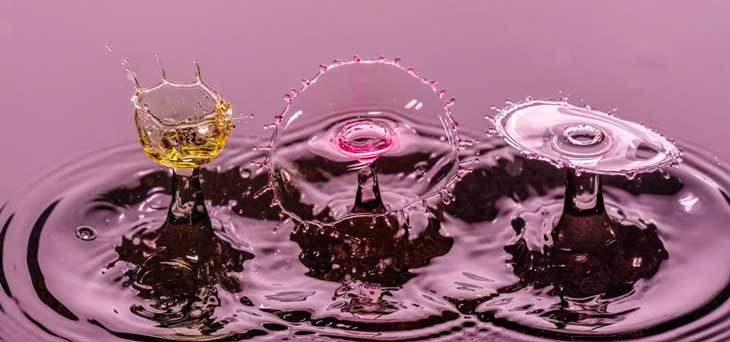
The delicate and enthralling skill of photographing water drops allows you to explore the microscopic universe of nature's tears. The delicate beauty of water drops in all their forms can be seen when these fleeting moments are captured in time using the proper tools, techniques, and preparation.
This subgenre of photography offers countless options for artistic expression, whether you're intrigued by the grace of a single drop or the dynamic interaction of several drips.
Therefore, keep in mind that each water drop has a distinct narrative to tell that is just waiting to be revealed through your lens as you set out on your mission to capture liquid poetry.
